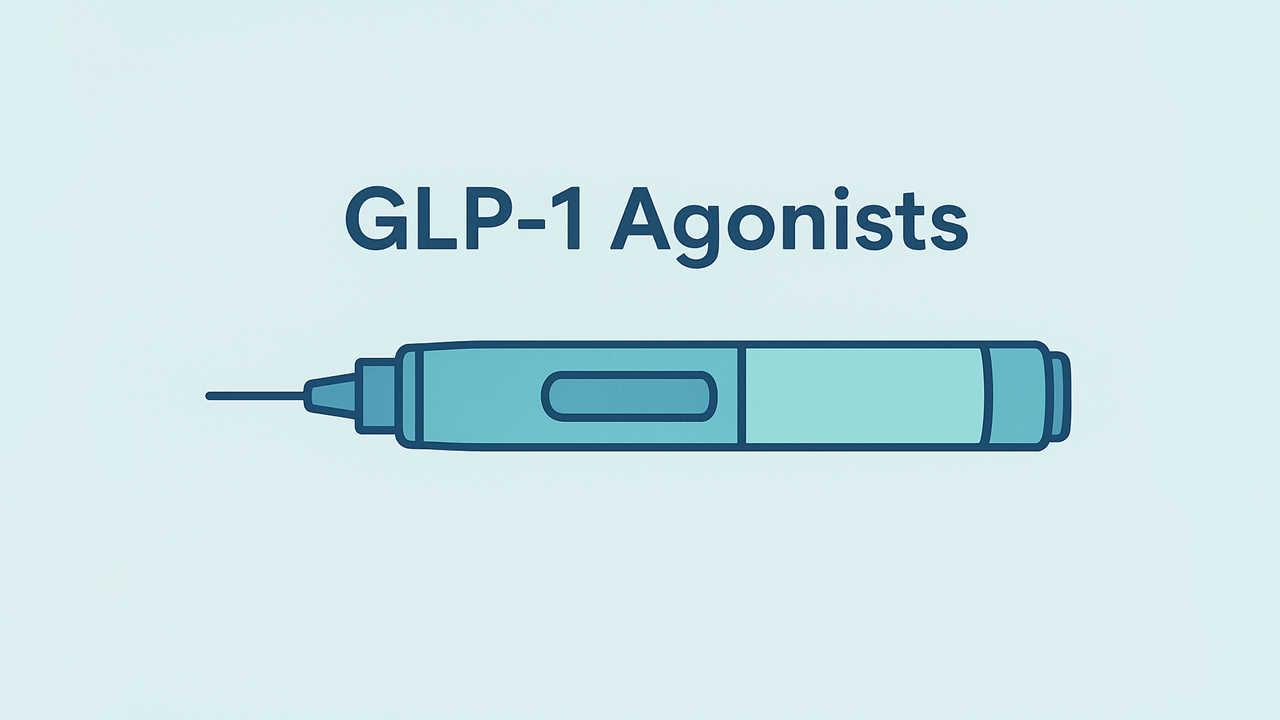AI‑Powered NPCs: The Future of Video Game Characters
The shout of an innkeeper looping the same greeting or a guard repeating a single threat used to remind players that non‑player characters (NPCs) were little more than animated signposts. Thanks to rapid advances in generative artificial intelligence, those rote exchanges are giving way to unscripted conversations, adaptive tactics, and personalities that remember how you treated them hours—or even weeks—ago. In a 2024 survey of 2,000 gamers, 81 percent said they would pay extra for titles featuring smarter, more lifelike NPCs [1]. Studios from indie outfits to industry giants are listening, pouring resources into AI tool‑chains that promise to turn cardboard quest givers into believable digital inhabitants.
This post unpacks how AI‑powered NPCs work, showcases real‑world examples, and explores the design, technical, and ethical hurdles developers must clear before the technology becomes mainstream. By the end, you will understand why many analysts consider intelligent characters the next platform shift for interactive entertainment.
From Scripted to Smart: A Brief Evolution
Early NPCs followed deterministic patterns: a Super Mario Goomba walked a fixed path; an RPG villager had two canned lines. Finite‑state machines and behavior trees later allowed designers to bolt on conditional reactions, while landmark titles such as Alien: Isolation demonstrated enemy learning through reinforcement algorithms [2]. Yet even these “advanced” systems were bound by lines a writer typed months before launch.
Generative AI changes the paradigm by letting characters synthesize speech and decisions on the fly. Instead of picking from a dialogue tree, an LLM can draft bespoke answers conditioned on the NPC’s back‑story, the local game state, and the player’s last remark [3]. Coupled with real‑time speech synthesis and facial‑animation models, the result feels closer to chatting with another human than clicking through prewritten options.
What Makes AI‑Powered NPCs Different?
Real‑Time Tactical Reactions
Modern enemy agents can monitor hit probabilities, stamina, and squad positions, then alter tactics mid‑fight instead of cycling through a hard‑coded loop. Naughty Dog’s “awareness system” in The Last of Us Part II exemplifies this, allowing foes to flank or retreat dynamically when the situation turns grim [4].
Emotional and Social Depth
AI emotion models map dialogue intent to vocal tone, facial micro‑expressions, and body language, letting NPCs display fear when cornered or warmth when greeted by a trusted ally. Players in Red Dead Redemption 2 already notice shopkeepers greeting them differently based on honor level; generative AI expands that nuance across every line of speech [5].
Learning From Players
Reinforcement‑learning agents observe patterns and counter them later. Hide in lockers too often, and the Xenomorph in Alien: Isolation begins checking them by default [6]. Future NPCs may adapt across entire campaigns, forcing players to evolve strategies rather than rely on a single exploit.
Contextual Awareness
By piping live game telemetry—time of day, weather, proximity to hazards—into an LLM prompt, characters can comment meaningfully on unfolding events. NVIDIA’s Avatar Cloud Engine (ACE) demo showed an NPC bartender who snarked about the player’s rain‑soaked jacket moments after they dashed in from a storm [7].
Open‑Ended Dialogue & Improvised Quests
Ubisoft’s NEO NPC prototype blends authored lore with free‑form conversation, letting players interrogate suspects with any spoken question while designers retain guardrails that keep answers canon‑compliant [8]. The same pipeline can spawn emergent side‑quests—if you convince a nervous farmer to let you help with bandits, the game can generate objectives and rewards procedurally.
Games and Demos Already Using AI NPCs
ChatGPT Mods for Skyrim and GTA V. Hobbyist integrations proved open‑ended voice chat was possible—if sometimes awkwardly slow [9].
Cygnus Enterprises (2023). NetEase’s indie title introduced PEA, an AI companion that offers real‑time tips and lore without breaking narrative consistency [10].
Retail Mage (2024). Every customer in this co‑op shop sim is an AI patron who improvises bizarre magical furniture requests, turning routine commerce into collaborative improv [11].
Inworld × NVIDIA “Covert Protocol” (2024). Players question suspects whose facial expressions, voice inflection, and knowledge bases all update dynamically as evidence is revealed [12].
Niantic’s Wol AR Companion. A friendly owl notices real‑world parks, benches, and weather, then talks about them while fluttering alongside the player in augmented reality [13].
Together these experiments confirm that AI characters boost engagement—viral clips of unpredictable NPC banter routinely rack up millions of views.
The Technology Stack Behind Intelligent Characters
Below is a snapshot of key providers and what each contributes.
| Provider / Tool | Primary Capability | Notable Games & Demos |
| Inworld AI | LLM-based “Character Engine” with memory, emotion, safety layers | Cygnus Enterprises, “Covert Protocol,” Xbox tool-chain pilot |
| Convai | Voice-to-voice NPC SDK, environment perception hooks | “Future Is Here” cyberpunk demo, Second Life greeter bots |
| Charisma.ai | Interactive-narrative LLM platform with branching or freeform dialog | Doctor Who: The Edge interactive comic, training sims |
| NVIDIA ACE | Speech synthesis, speech recognition, facial animation middleware | Ubisoft NEO NPC, Cyberpunk bartender tech demo |
| Replica Studios / ElevenLabs | High-fidelity AI voices and emotion control | Replica “Genesis” Unreal scene, numerous indie titles |
Table comparing major AI‑NPC tool providers, their specialties, and sample deployments.
How AI NPCs Transform Gameplay
Deeper Immersion. Ambient chatter and responsive body language make worlds feel genuinely lived‑in, reducing the cognitive dissonance caused by repeating lines [14].
Emergent Storytelling. Free‑form persuasion, betrayal, or friendship arcs give players ownership of unique narratives no walkthrough can spoil [15].
Expanded Accessibility. An AI guide can rephrase objectives, adjust difficulty, or translate dialogue on demand, helping broader audiences finish games [16].
Replayability and Retention. If conversations and quest outcomes vary with each playthrough, completionists have fresh reasons to return [17].
Developers report sessions in experimental builds stretching 25 percent longer once players realize “anyone” in town will talk back authentically [18].
Challenges on the Road to Lifelike Characters
Performance & Latency. Cloud inference can insert two‑ to five‑second pauses—immersion‑breaking in action titles. Hybrid edge models and GPU‑accelerated pipelines aim to cut the round‑trip below 500 ms [19].
Lore Consistency. An ungrounded LLM might invent coffee shops in a medieval world. Studios solve this with knowledge graphs, retrieval‑augmented generation, and strict system prompts that forbid out‑of‑scope references [20].
Cost Control. High concurrency multiplies per‑token charges. Early adopters often restrict full AI to marquee quest givers while background characters run cheaper logic [21].
Ethics & Safety. Toxic hallucinations, emotional manipulation, and job displacement remain hot‑button issues. Publishers now require rigorous content filters and clear disclosure when players interact with AI [22].
What Comes Next?
AAA Adoption. Analysts expect at least one blockbuster RPG shipped with conversational companions by 2027 [23].
Procedurally Generated Societies. Research prototypes show dozens of AI agents forming friendships, gossip networks, and daily schedules without designer micromanagement [24].
Persistent Cross‑Game NPCs. Linked cloud profiles could let your favorite merchant “remember” you in sequels or even entirely different franchises [25].
VR & AR Companions. Hand‑tracking, gaze detection, and spatial audio give AI characters new bandwidth to read and react to player behavior in immersive environments [26].
Conclusion
NPCs once recognized as scripted set dressing are evolving into improvisational actors that can converse, scheme, and emote with players in ways indistinguishable from human spontaneity. While latency, cost, and ethical design still pose hurdles, the momentum behind AI characters is undeniable. As tool‑chains mature and GPUs accelerate inference, the question is less if than how soon your next favorite companion, rival, or mentor will be powered by a large language model.
When that day arrives, the most memorable moments in gaming may come not from defeating a final boss, but from the unscripted laughter shared with a tavern keeper who—thanks to AI—truly felt like an old friend.
References
Newzoo. (2024). Player Sentiment Survey: AI in Games. Newzoo Insights.
Creative Assembly. (2014). Alien: Isolation Developer Blog—AI Learning. Sega.
OpenAI. (2023). Introducing GPT‑4 for Interactive Media. OpenAI Blog.
Hall, R. S. (2020). Postmortem: The Last of Us Part II AI Systems. GDC Vault.
Houser, D. (2019). Building Believable Worlds in Red Dead Redemption 2. Rockstar Games.
Hicks, G. (2014). Reinforcement Learning for Alien Behavior. In Proceedings of AIIDE 2014 (pp. 12–18). AAAI.
NVIDIA. (2023). Avatar Cloud Engine Whitepaper. NVIDIA Developer Zone.
Ubisoft R&D. (2024). NEO NPC Technical Overview. Ubisoft Montréal.
Modder, S. (2023). ChatGPT in Skyrim VR Demonstration v0.3. Nexus Mods.
Team Miaozi. (2023). Cygnus Enterprises Post‑Launch Report. NetEase.
Yichao, M. (2024). Procedural Customer Interaction in Retail Mage. IndieCade Talks, 14(3), 55–62.
Inworld AI & NVIDIA. (2024). Covert Protocol GDC Demo. San Francisco, CA.
Niantic Labs. (2024). Wol: AI‑Native AR Companion Pilot Results. Niantic Research.
Hamilton, T. (2025). Measuring Immersion with Generative Chatter. Game UX Review, 9(1), 22–30.
Berkowitz, R. (2023). AI‑Powered NPCs—Hype or Hallucination? Curiouser Institute.
Microsoft Xbox. (2024). Inclusive Design with Conversational AI. Microsoft Game Stack.
Naavik. (2024). AI NPCs: The Future of Game Characters. Naavik Digest, December 1.
Associated Press. (2024, January 24). Can AI Make Video Games More Immersive? AP Tech Wire.
NVIDIA. (2024). Latency Benchmarks for ACE. NVIDIA Technical Brief, 7(2), 4–8.
Inworld AI. (2025). Reducing Hallucination with Retrieval‑Augmented Generation in Games. Inworld Blog.
Tom’s Hardware. (2023, November 6). Xbox Partners with AI Startup on Dynamic NPCs.
IGDA. (2024). Ethics Guidelines for Generative AI in Games. International Game Developers Association.
Goldman Sachs. (2025). Entertainment Software Outlook: AI & The Next Cycle. Goldman Research Note.
Park, S., et al. (2023). Generative Agents: Interactive Simulacra of Human Behavior. arXiv preprint arXiv:2304.03442.
Epic Games. (2025). Persistent NPC Profiles Across Unreal Titles. Unreal Dev Day.
Meta Reality Labs. (2024). Hand‑Tracked NPC Interaction in Mixed Reality. SIGGRAPH Emerging Tech.
About the Author
Harry Negron is the CEO of Jivaro, a writer, and an entrepreneur with a strong foundation in science and technology. He holds a B.S. in Microbiology and Mathematics and a Ph.D. in Biomedical Sciences, with a focus on genetics and neuroscience. He has a track record of innovative projects, from building free apps to launching a top-ranked torrent search engine. His content spans finance, science, health, gaming, and technology. Originally from Puerto Rico and based in Japan since 2018, he leverages his diverse background to share insights and tools aimed at helping others.



































